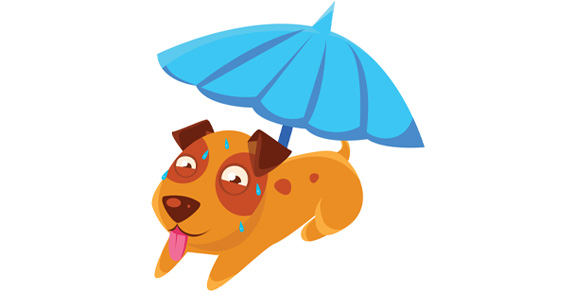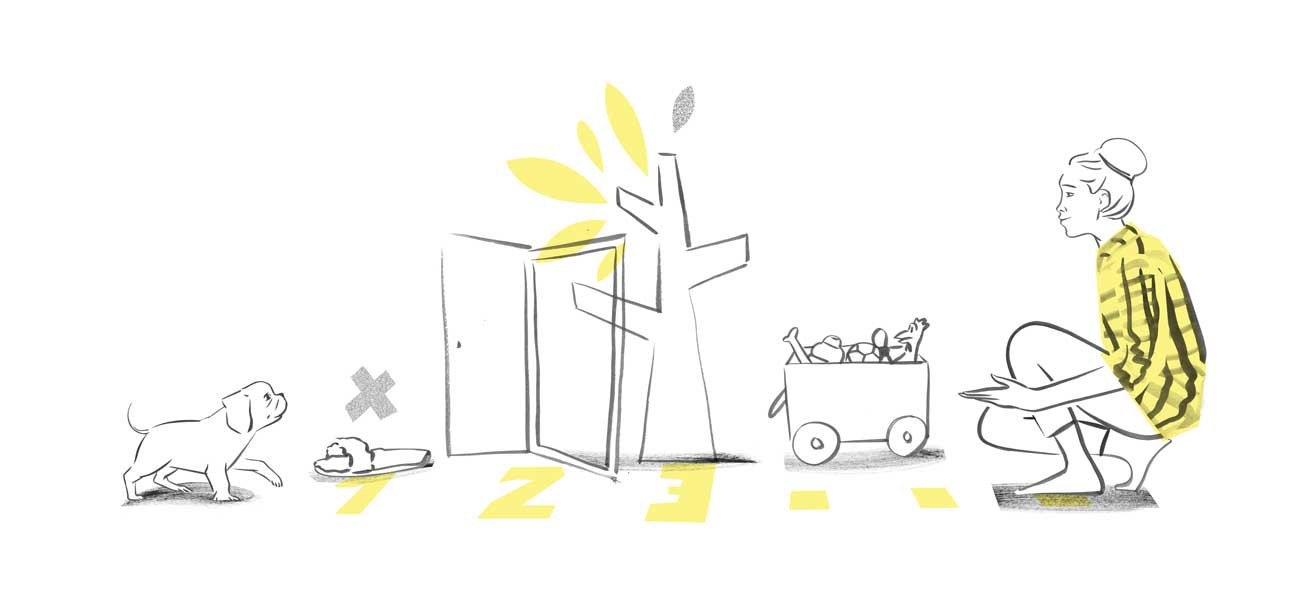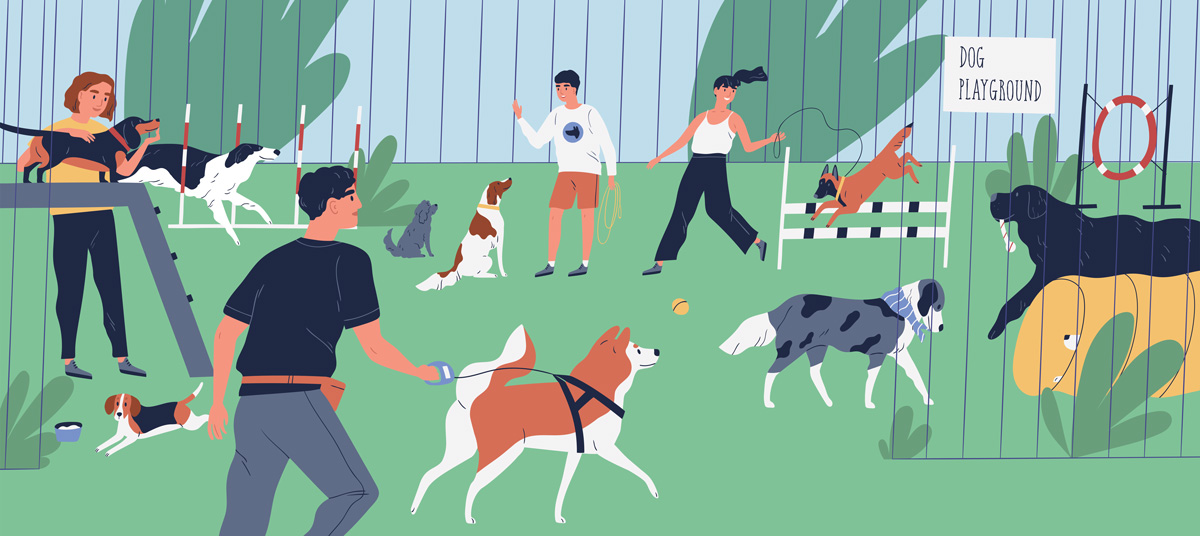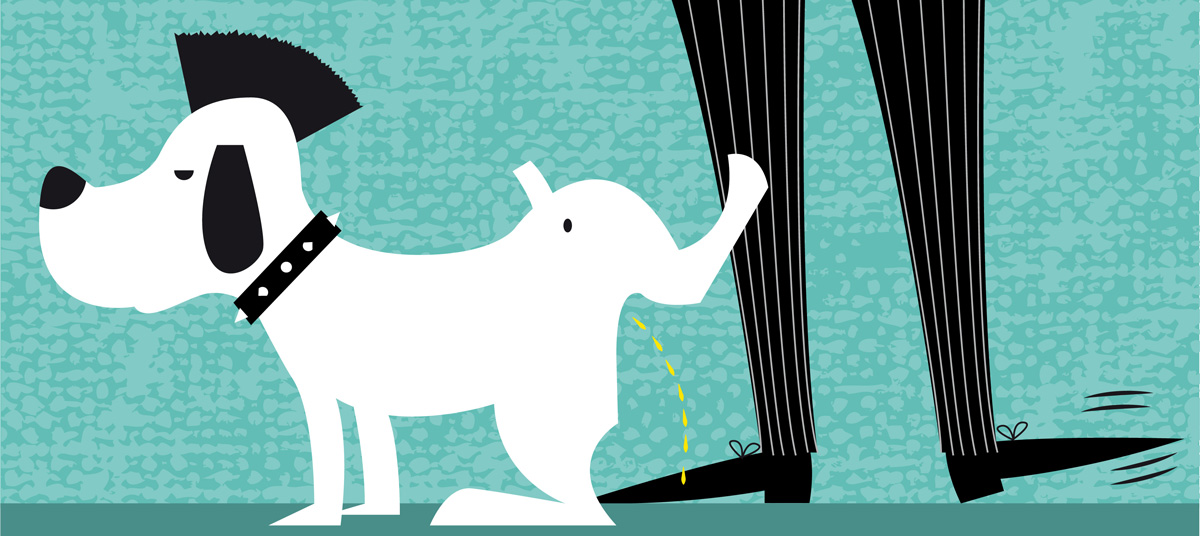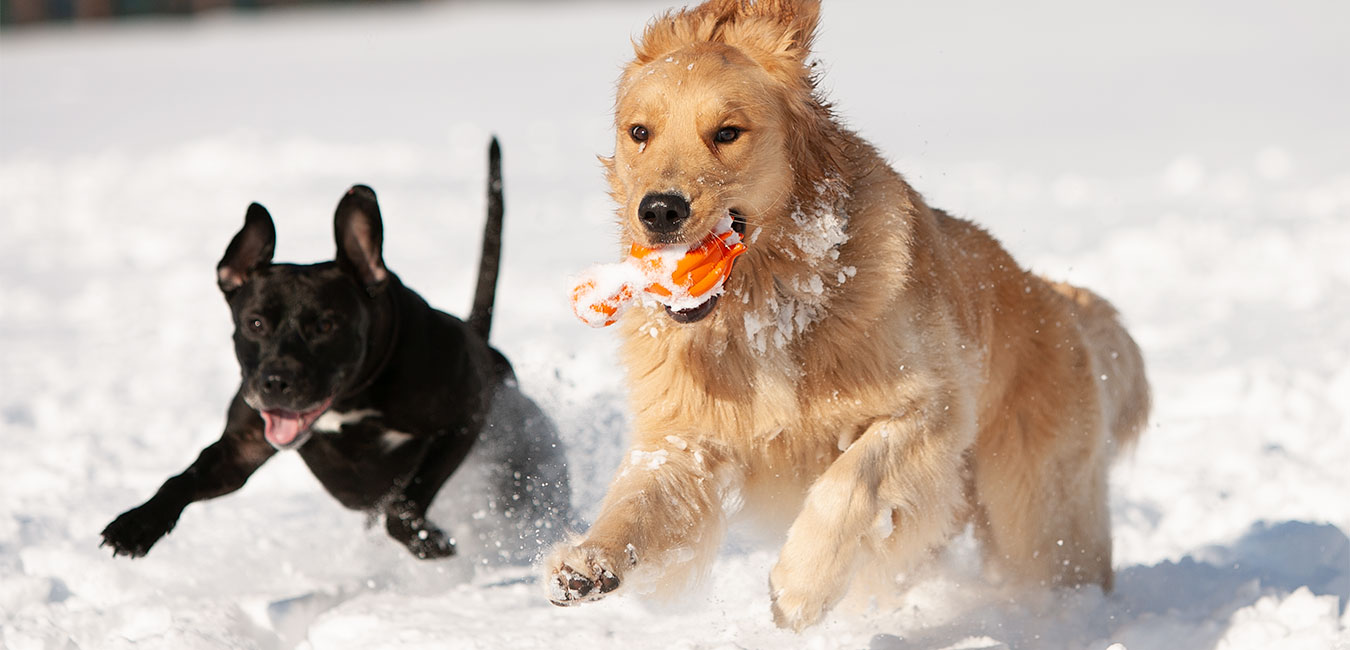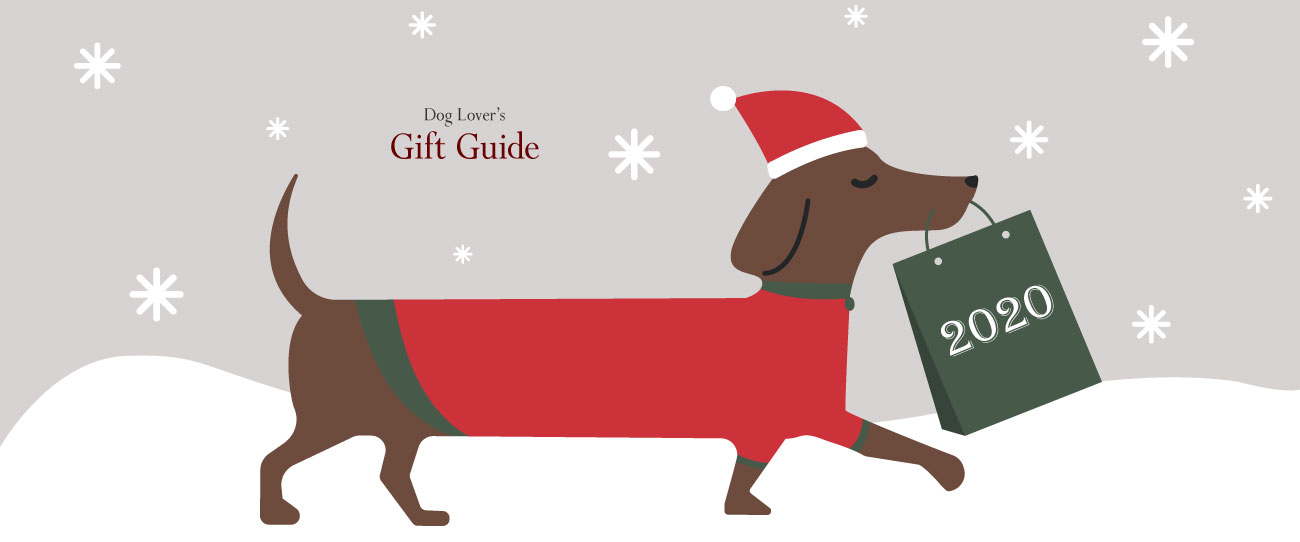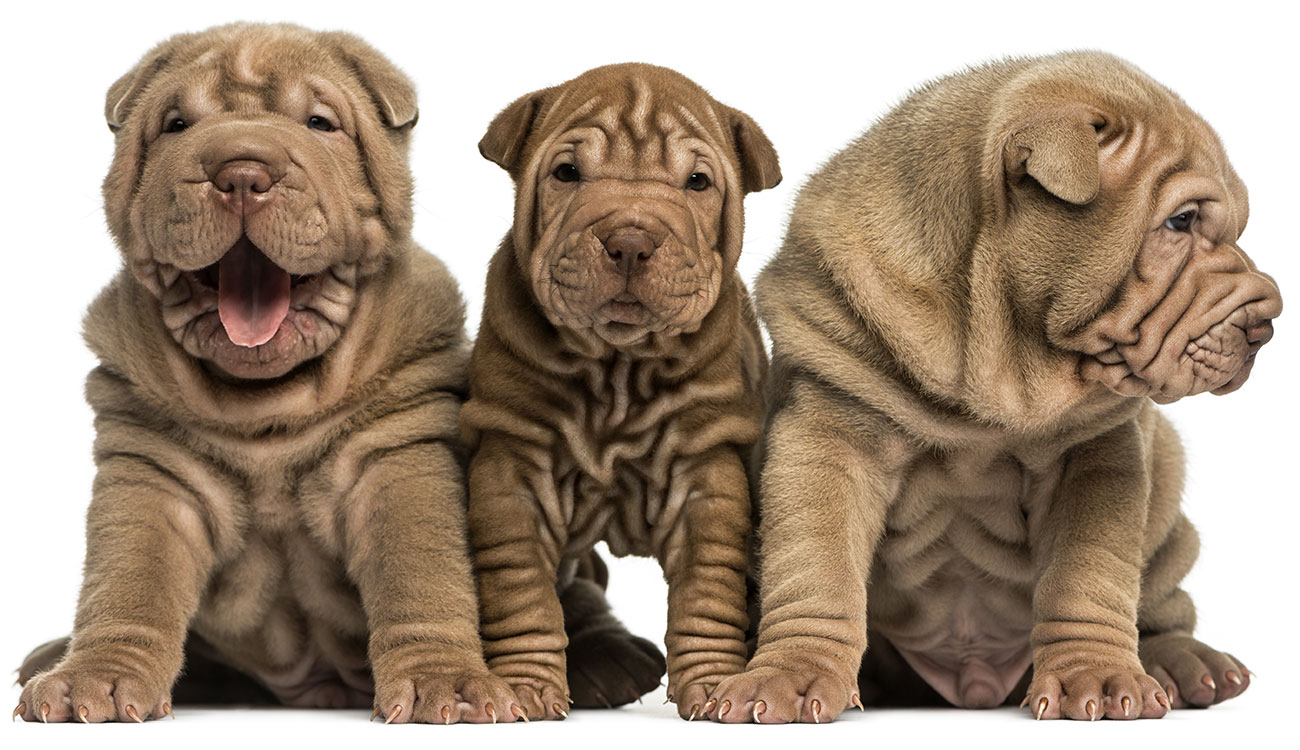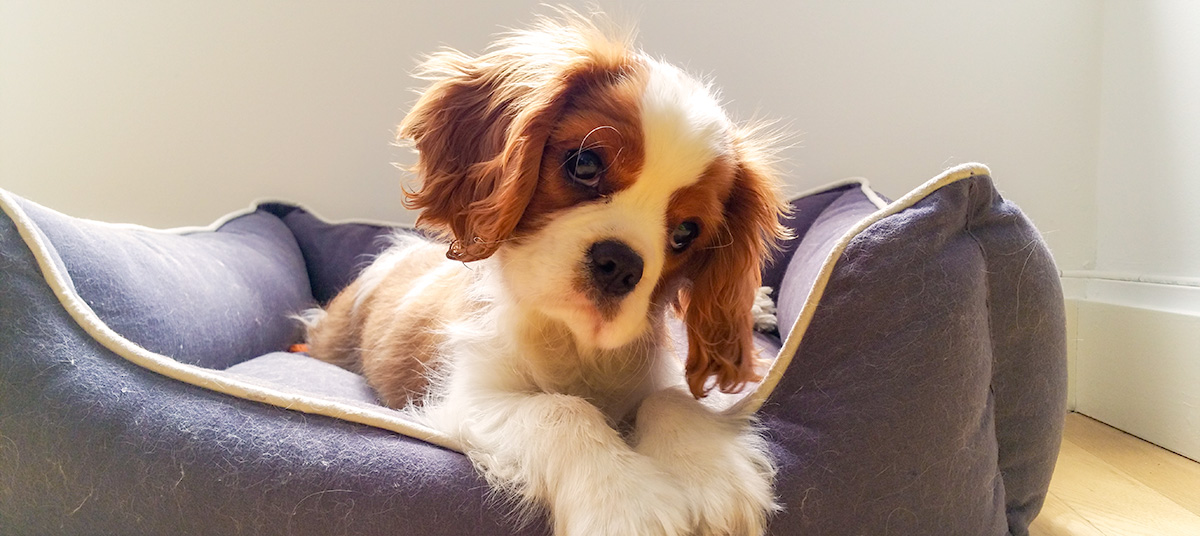10 Hot Weather Tips for Dogs
by NYC Doggies
Dogs are insulated against heat loss or gain by fur and, since they only have sweat glands on their foot-pads, they pant in order to reduce their body temperature. They exhale large volumes of air and, if locked up in an unventilated area on a hot day, dogs might get heatstroke. Some other risks associated with hot weather are dehydration and sunburn.
Overheating Symptoms:
– profuse and rapid panting
– bright red tongue and skin (watch the inside of his ears and his feet pads)
– pale gums
– thick, drooling saliva
– wide eyes with a glassy look
– a staggering gait
– dizziness and lethargy
– nausea, vomiting and diarrhea
Overheating can result in death, therefore one needs to take action quickly to reduce the dogs’ temperature:
– move the dog to a cooler, shaded environment
– wet your dog’s coat with cool water to lower his body temperature. If the dog has thick fur, continue to apply water so that the water trapped close to the skin is not warmed by the dog’s body
– use fans to blow air on the dog
– place ice packs or wet towels in the groin area, armpits and neck
– offer sips of cool water if the dog will take it
Brachycephalic dogs such as Bulldogs, Pekingese, Shih Tzus, Pugs, Boston Terriers, and Cavalier King Charles Spaniels require extra care. They feel the effects of warm surroundings and exertion much sooner as they do not pant as efficiently as longer faced dogs.
10 tips to help your dog beat the heat:
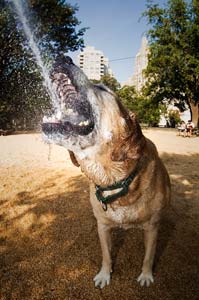 1. Provide constant access to clean, fresh water. Make sure the toilet lid stays down, or discontinue the use of any type of cleanser or chemical that stays in the tank or bowl. If the dog is crated, try switching to a water bowl that automatically refills. Keep in mind that as the dog drinks more water, he might also need more bathroom brakes.
1. Provide constant access to clean, fresh water. Make sure the toilet lid stays down, or discontinue the use of any type of cleanser or chemical that stays in the tank or bowl. If the dog is crated, try switching to a water bowl that automatically refills. Keep in mind that as the dog drinks more water, he might also need more bathroom brakes.
2. Keep your dog well groomed. If he has long hair, cut it to about 1 inch long during warmer weather. Do not shave him down completely as it can increase the risk of sunburn. For dogs with fine, short hair, use a sunscreen recommended for use on animals.
3. When walking the dog on the streets, avoid blacktop, manholes and any other metal surface. These surfaces can easily scorch your dog’s foot pads. In general, it’s best to keep street walks to a minimum as the temperature at ground level can be substantially higher than the air temperature.
4. Exercise your dog early in the morning and late in the evening. If you take your dog to the dog run in the afternoon, make sure he has access to water and shade. Even though he might not like it (at first), wet his coat with cool water. He will feel refreshed and energized.
5. Do not leave your dog in the car. Even if it’s for a relatively short amount of time, the car can get very hot and having a window partially opened will not solve this problem.
6. During spring and summer, vegetation will be sprayed with fertilizers or insecticides which are poisonous for your dog. Steer clear of such areas.
7. Take your dog to the vet for his spring/early summer check-up and have him tested for heartworm. Ask your doctor to recommend a safe flea and tick control program.
8. Like humans, when it’s very hot, many dogs may get grumpy. Take extra care with kids and let them know when enough is enough if they tease the dog too much. Read more about it in this very interesting article in Science Daily: Recipe For Dog Bite Injuries: Kids, Dogs And Warm Weather
9. Remove bedding from your dog’s crate. If your dog is crated, he will surely be much more comfortable laying on the cool crate bottom rather than a thick pile of blankets or towels.
10. If your dog’s activity level decreases, make sure you cut down on his food. An overweight dog will have a much harder time coping with hot weather.
If you have more tips on how to make our best friend’s summer days safer and more comfortable, please leave us a comment. Enjoy the summer!
About the author
NYC Doggies is a select dog services provider based in Manhattan, NY.
